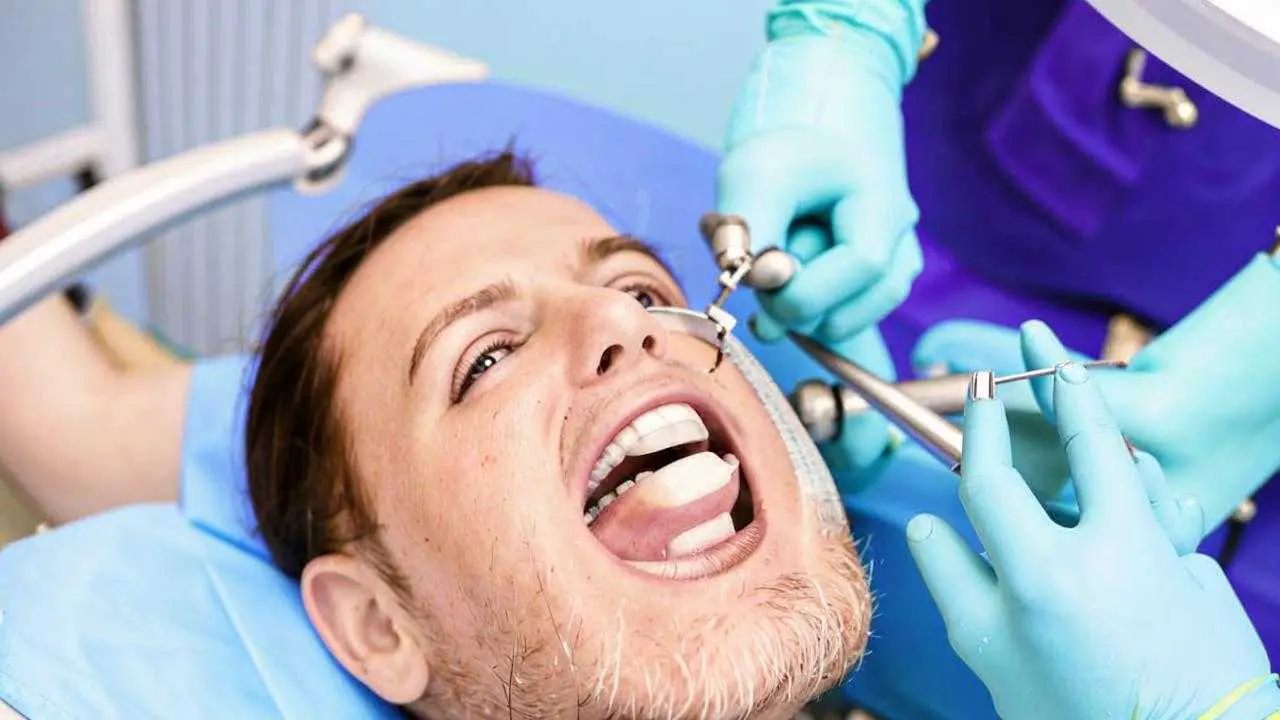February 19, 2014 Tiempo de lectura ~ 1 min Número de lecturas: 9061
Cuando una persona pierde dientes, el tejido óseo que hay debajo de ellos se atrofia. Si no se carga, se atrofia, reduciendo su tamaño. El proceso se produce activamente en el primer año tras la extracción. Las células de la cavidad mucosa rellenan el espacio del diente extraído y bloquean el crecimiento de las células óseas.
Causas de la atrofia:
- Gum disease;
- endocrine, infectious diseases;
- tooth loss.
Independientemente de las causas, el paciente desea restaurar la estética y la función masticatoria del aparato dentoalveolar.
Si la enfermedad de las encías es un problema dental, en el caso de los trastornos endocrinos, el tratamiento comienza con un examen de los órganos en los que se ha producido la disfunción. Si el endocrinólogo no encuentra problemas, entonces el dentista realiza un examen oral.
Cómo frenar la pérdida de masa ósea
Stopping atrophy can be helped by replacing missing units of the tooth row. Ways:
- removable or bracket dentures;
- bridges;
- implants.
The purpose of removable or bracket dentures is to restore chewing function. They do not restore the bone; under these prostheses, the bone continues to deteriorate.
A bridge is a more aesthetic and comfortable design, but it does not protect against atrophy.
Implantation is the best way
After installation of the implant, the bone tissue “does not notice” the lack and, having received the necessary load, holds it firmly. An effective method is one-stage implantation in the hole after removal (the implant is implanted at the same time as the removal).
If it is not possible to perform a one-stage implantation, it is better to make a bone graft immediately. Then it will retain its volume for 1-1.5 years.
You can see how this happens in the section “Tooth extraction”.
